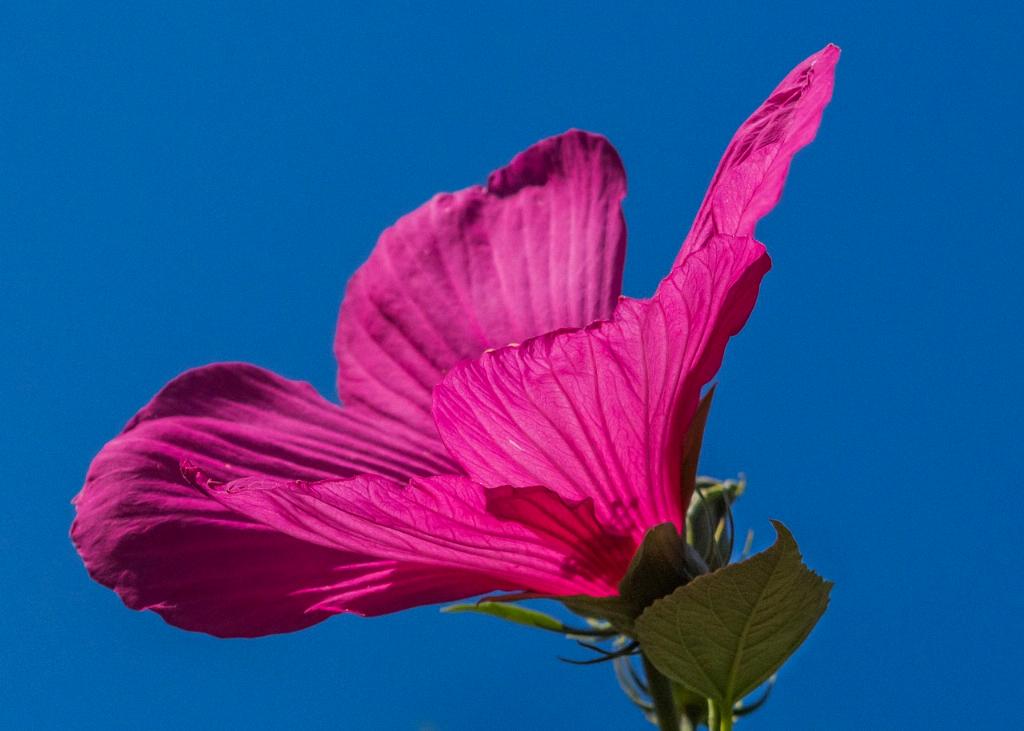When it comes to hibiscus plants, the sight of bud drop can be disheartening for any gardener. But fear not, as there are several reasons why hibiscus buds may fall off before blooming. Understanding these causes can help you better care for your hibiscus and prevent future bud loss.
1. Environmental Factors
One of the primary reasons for hibiscus bud drop is environmental stress. Factors such as dry soil, low light conditions, sudden changes in the environment, and high temperatures can all contribute to the premature dropping of flower buds.
2. Inadequate Watering
Hibiscus plants require consistent moisture to thrive. Inconsistent watering or allowing the soil to dry out completely can lead to stress on the plant, causing it to drop buds as a defense mechanism to conserve energy.
3. Lack of Nutrients
Proper nutrition is essential for hibiscus plants to develop and retain their flower buds. A deficiency in essential nutrients such as nitrogen, phosphorus, or potassium can hinder bud development and result in bud drop.
4. Pest Infestations
Pests such as aphids, mites, and thrips can feed on hibiscus buds, causing damage that leads to bud drop. Regularly inspecting your plants for pests and taking appropriate measures to control infestations can help prevent bud loss.
5. Disease Issues
Fungal or bacterial diseases can also infect hibiscus plants, affecting their overall health and causing flower bud drop. Proper sanitation practices, good air circulation, and using disease-resistant varieties can help mitigate the risk of disease-related bud drop.
6. Overfertilization
While nutrients are essential for plant growth, overfertilizing hibiscus plants can have adverse effects, including bud drop. Excessive fertilizer application can lead to nutrient imbalances and salt buildup in the soil, impacting the plant’s ability to retain buds.
7. Improper Pruning
Pruning hibiscus plants at the wrong time or too aggressively can disrupt the natural growth cycle and cause bud drop. It is important to follow proper pruning techniques and timing to avoid unnecessary stress on the plant.
8. Soil pH Imbalance
The pH level of the soil can also influence hibiscus bud development. Hibiscus plants prefer slightly acidic soil conditions, and extremes in pH can affect nutrient availability and impact bud formation.
9. Root Bound Conditions
When hibiscus plants become root bound in their containers, it can restrict root growth and uptake of water and nutrients, leading to stress and bud drop. Repotting hibiscus plants when necessary can help prevent root-bound issues.
10. Stress from Transplanting
Transplanting hibiscus plants can temporarily stress them, causing them to drop buds as they adjust to their new environment. Providing proper care and minimizing disturbances during the transplanting process can help reduce bud drop.
11. Cultural Practices
Factors such as overwatering, underwatering, excessive heat exposure, or inadequate sunlight can all contribute to stress on hibiscus plants and result in bud drop. Maintaining optimal growing conditions is key to promoting healthy bud development.
12. Genetic Factors
Some hibiscus varieties may naturally be more prone to bud drop due to their genetic makeup. Selecting suitable cultivars known for their bud retention and overall vigor can help minimize the risk of bud drop in your hibiscus garden.

